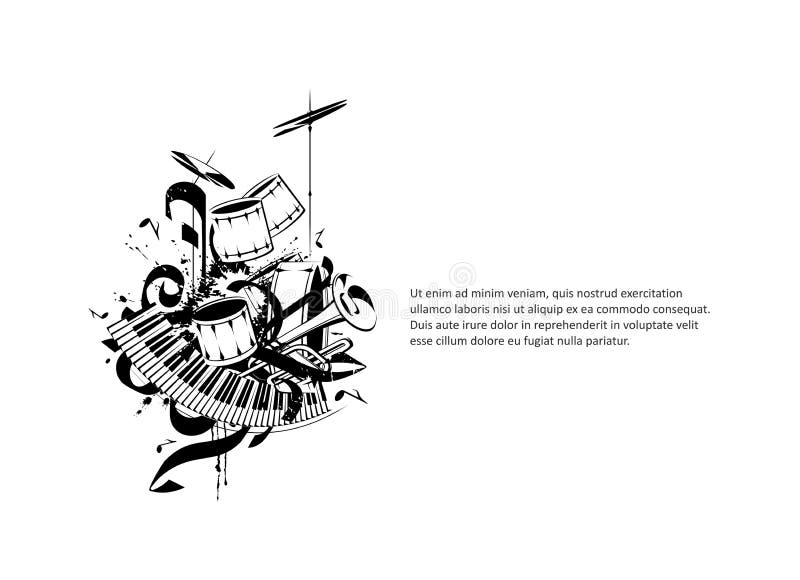
Settle in for a long winter’s read: it’s our advent calendar of 25 essential musical families. We wanted to go a little bit deeper and highlight family ties covering bigger numbers and crossing generations, branches of family trees, even multiple clans by marriage. Our results cover artists and genres that may not have been among your first thoughts, take into account the warts-and-all family dramas of divorce and infidelity, and include connections you (and we!) may have never realized before. What we can do, of course, is explore families in their most literal sense and our own primary context: how they have entertained us.Įven without a bunch of research you can-and we do-rattle off some of the most important and dynastic names in music, those parent-child relationships or sets of siblings who have dominated stages and sound systems. We’re a music website, hardly qualified to speak on philosophy and psychology when it comes to relatives. Afforded the opportunity of the calendar and pushed by faith or even just by conscience, people seek companionship and comfort, renew ties, make and recall memories, and sure, go out and dig up old wounds or make fresh ones. From Thanksgiving to the new year and across all of the intervening observances, there’s a particular and renewed focus on those closest to you be they through blood or in quotation marks. The ‘life’ music steadily becomes more tormented (make up your own story here), before the Dies Irae returns and the ferryman rows away, his work completed.The winter holiday season is upon us, a time when all roads lead back to family. While the opening section is clearly concerned with death, Rachmaninov asserted that the freer central portion is a reflection on life. This ominous theme, which translates as ‘Day of Wrath’ and is traditionally included in the Catholic Requiem Mass, crops up an awful lot in Rachmaninov’s music. Over the top we hear fragments of the Dies Irae plainchant.

Rachmaninov’s symphonic poem opens with a repeated five-in-a-bar figure, perhaps representing Charon’s oars pulling through the water. The Isle Of The Dead was inspired by an Arnold Böcklin painting in which Charon, the ferryman of the dead in Greek mythology, is seen rowing a coffin across to a spooky island. The finale quickly establishes a carnival atmosphere – although, as always, Rachmaninov is more than happy to slow things down for another lyrical theme or two. The slow movement is also a gem, featuring one of the greatest (and longest) clarinet solos in the orchestral repertoire. Highlights include the athletic ‘Scherzo’, with its dazzling central fugato in which the strings frantically chase each others’ tails. But this time, with Rachmaninov on the podium (rather than a probably drunk Glazunov), things went to plan and the symphony, one of Rachmaninov’s best works, went on to become an audience favourite. The premiere of Rachmaninov’s Second Symphony took place in St Petersburg, the scene of the First Symphony fiasco.

FAMILIAR FAMOUS MUSIC COMPOSITIONS SERIES
The concerto opens with a steadily intensifying series of piano chords, before the violins and violas embark on the first of several beautiful, slowly unfolding melodies.Ĭlick to load video Symphony No.2 in E minor, Op.27 He sought help from a hypnotherapist and his comeback piece, the Piano Concerto No 2, dedicated to his hypnotherapist, is one of the greatest works in the piano repertoire. Piano Concerto No.2 in C minor, Op.18įollowing the disastrous premiere of his First Symphony Rachmaninov composed almost nothing for around three years. Listen to the best of Rachmaninov on Apple Music and Spotify.

2is one of the greatest works in the piano repertoire. His compositions include, among others, four piano concerti, three symphonies, two piano sonatas, three operas, a choral symphony, a setting of the Vespers, Rhapsody on a Theme of Paganini, 41 Preludes and Etudes, Symphonic Dances, and many songs. Most of his pieces are in a late Romantic style akin to Tchaikovsky, although strong influences of Chopin and Liszt are apparent. His Moscow training equipped him first and foremost to be a concert pianist but as a young composer he showed prodigious gifts, stunning his mentor Tchaikovsky with the C Sharp Minor Prelude and the one-act opera, Aleko, he composed while still in his teens. His music is characterized by sweeping melodies, virtuosic pianism, and heady orchestration. Sergei Rachmaninov was a legendary romantic Russian composer, pianist, and conductor.


 0 kommentar(er)
0 kommentar(er)
